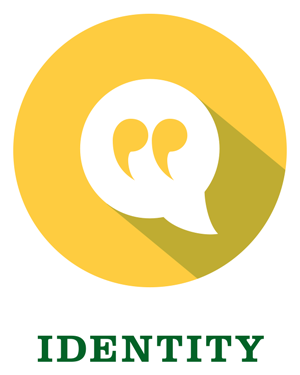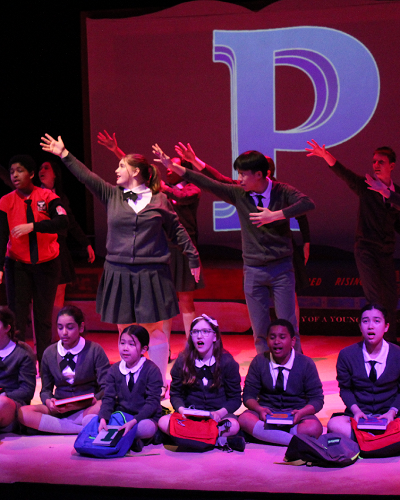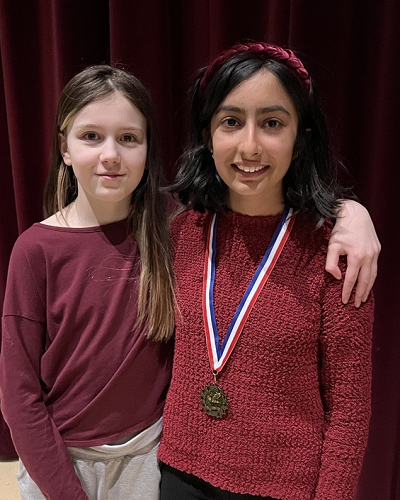Institutional Identity: The Why and What of Being an Owl

The first task of the Institutional Identity pillar of Overlake’s current Strategic Plan, Coming Together, was to come up with the school’s new mission statement and first-ever vision statement. These statements, approved by the Board of Trustees in 2002, help reaffirm Overlake’s values (compassion, curiosity, inclusion & equity, integrity, mutual respect) and identity as astrong, wide-reaching liberal arts school, pointing the way for the transformational work of educating students in the 21st century. They represent why we exist as an institution and why an Overlake education is needed and relevant.
With the new mission and vision statements ready, the next step in the Institutional Identity pillar has been to develop a Portrait of a Graduate (PoG): an articulation of the traits and competencies that a student will acquire during their time at Overlake and that they will rely upon in multiple aspects of their adult lives. In the 2022-23 school year, we formed a Portrait of a Graduate Task Force comprising faculty, staff, students, and administrators and engaged every academic department, co-curricular program, and office team in discussing and answering four framing questions at the heart of the Portrait of a Graduate process: What should an Overlake graduate know? Understand? Be able to do with their knowledge/understandings? How will they apply their knowledge/understandings to the real world?
During this school year (2023-24), the PoG Task Force has been sorting through all the responses we received to these questions and, once again, engaging our campus community in identifying the most prevalent themes that emerged from them. We are also beginning to connect these themes to specific learning competencies that they represent. For example, a popular theme was the idea that Overlake graduates should be able to gather information and data from multiple sources, analyze their value, and document them carefully, therefore demonstrating critical-thinking, analytical skills, and ethical competencies. Another emerging theme posits that Overlake graduates have the communication skills, empathy, and intercultural competencies that will allow them to interact productively with multiple people in a global society. On November 14, the Task Force will bring these themes to the whole student body and collect their feedback as well. The goal is to have the final articulation of the Portrait of a Graduate by June.
The Portrait of a Graduate will then guide a deep and broad curriculum review beginning during the 2024-25 school year. We will measure what we currently do in relation to the Portrait’s aspirations and make the necessary changes to our program to align our teaching to the learning goals we will have for each student. Externally, the PoG will help us differentiate ourselves from other independent schools and better communicate who we are and what we do to prospective students and families. All in all, this process will help us recruit and attract new owlets who are a good match for our school community, provide them with a transformational education as they grow and learn during their time here, and continue to define who they are as adult Owls once they leave.
Institutional Identity Strategic Plan Pillar Co-Leaders:
Dr. Flavia Vidal, Dir. of Teaching & Learning, Susan Messier, Dir. of Marketing & Communications
PoG Task Force Members:
Andrea C. (’25)
Christian Fulghum
Erin Gabriel
José González
Delano Lopez
Mahtab Mahmoodzadeh
Susan Messier
Bill Neil
Kelli Pleskac
Denise Renno
Mia T. (’24)
Flavia Vidal



